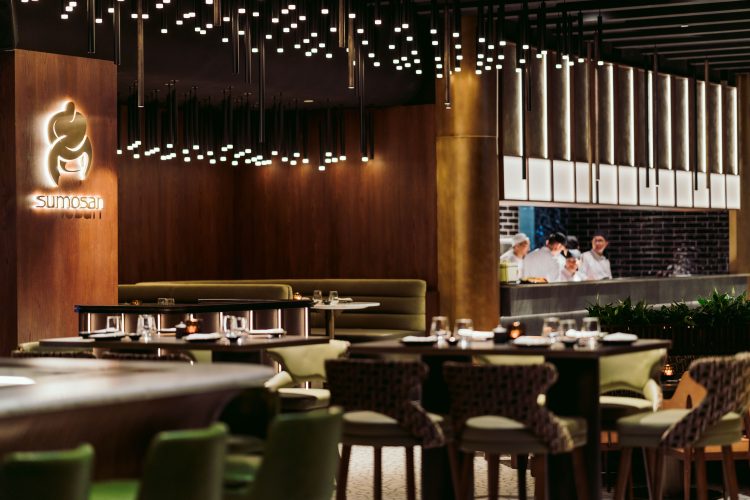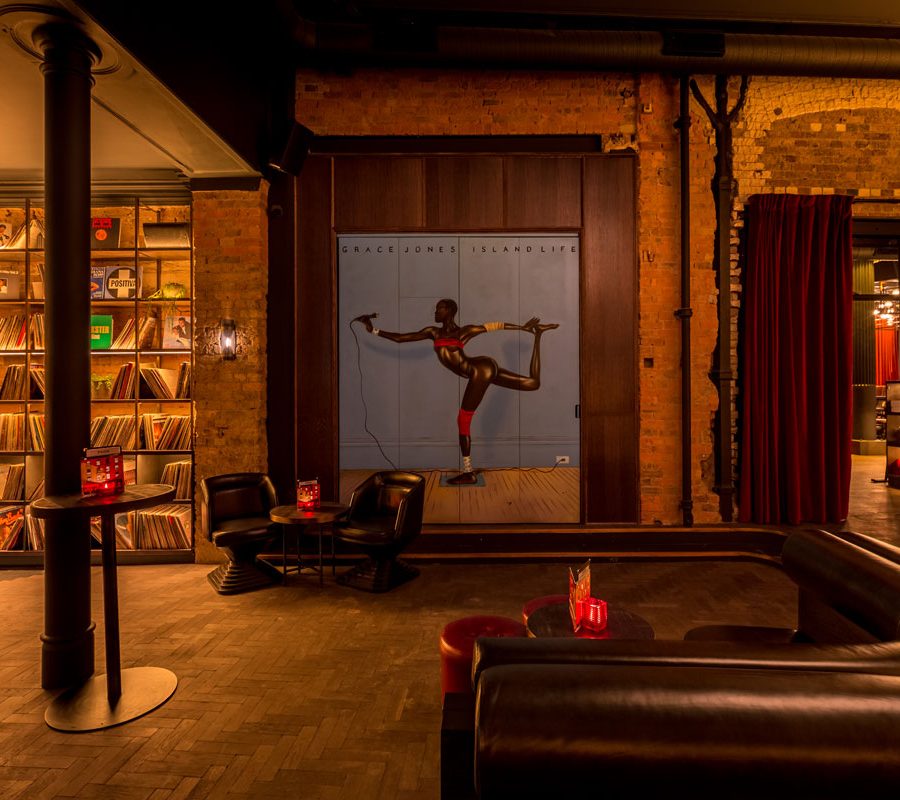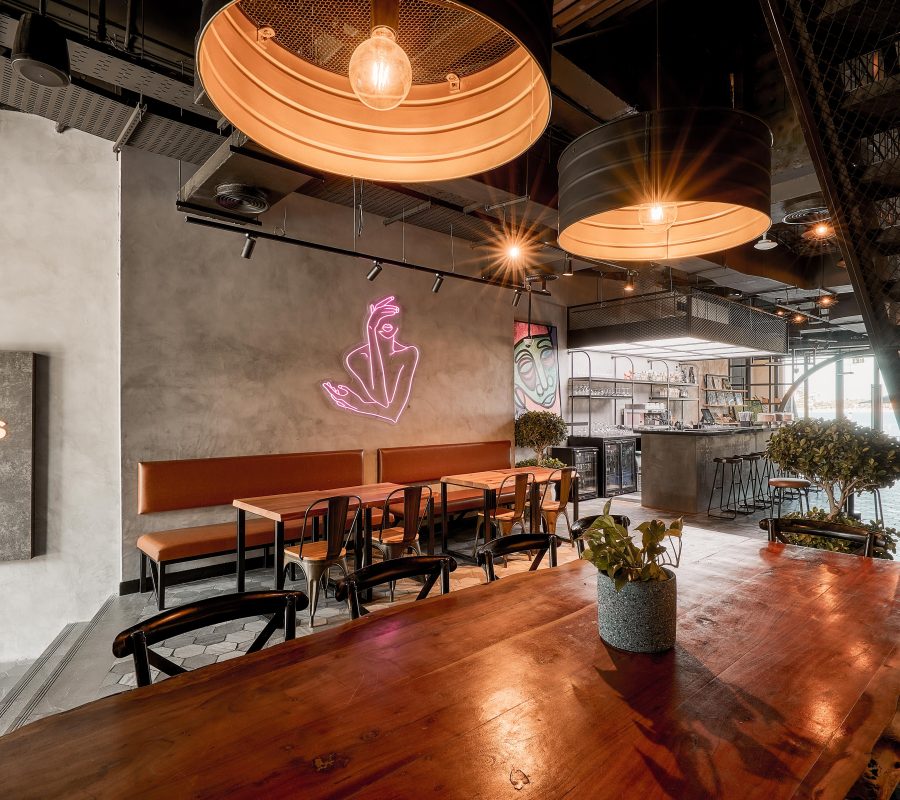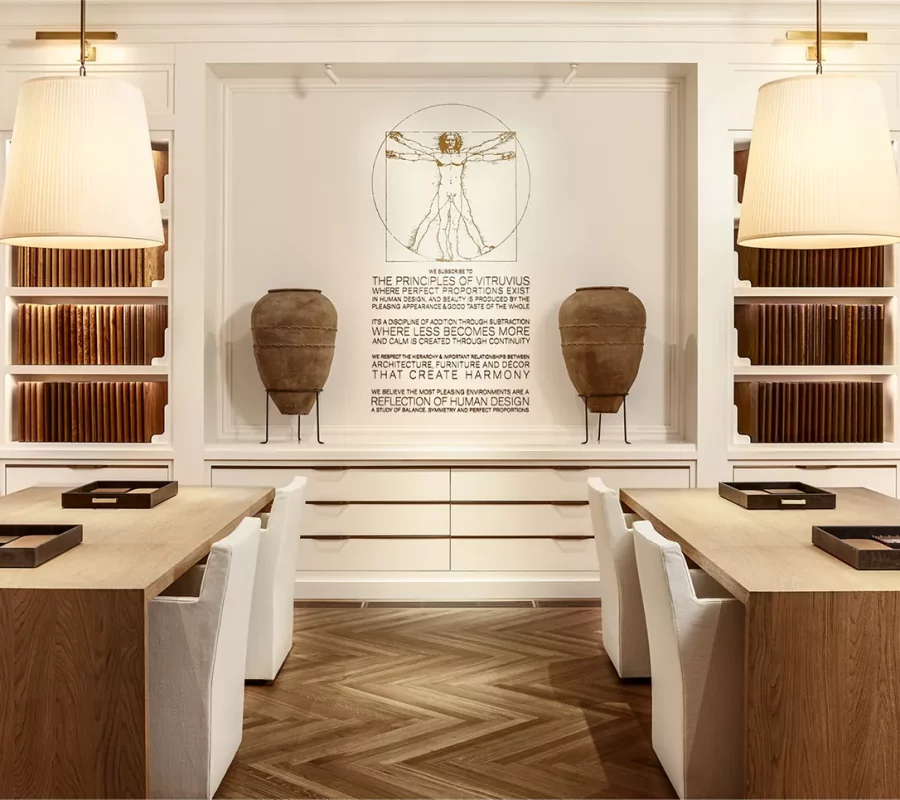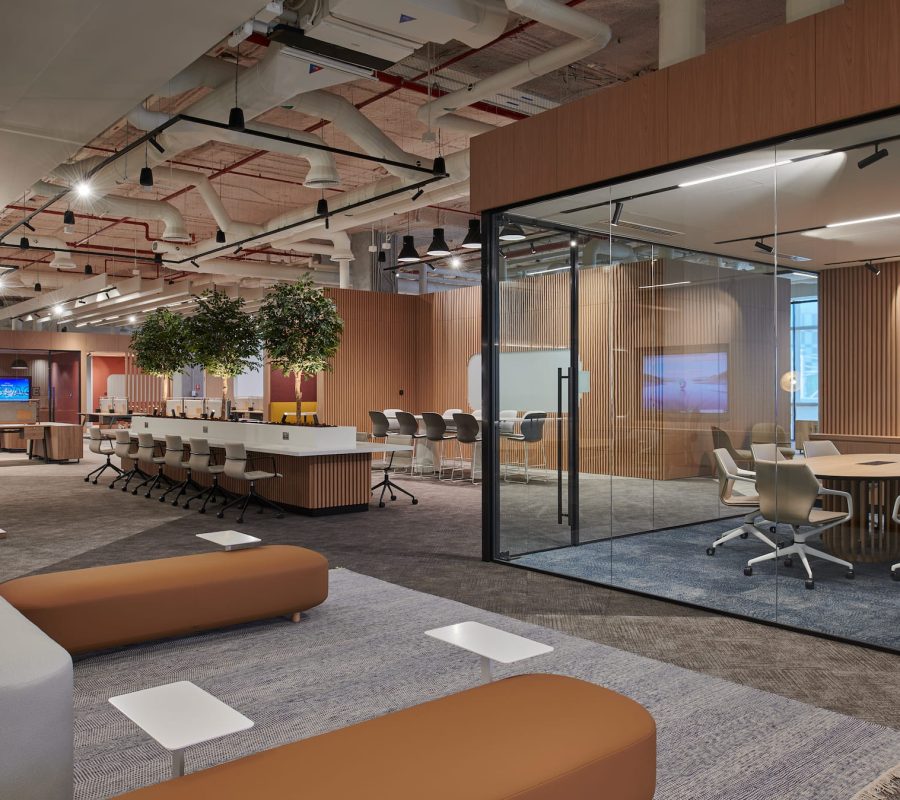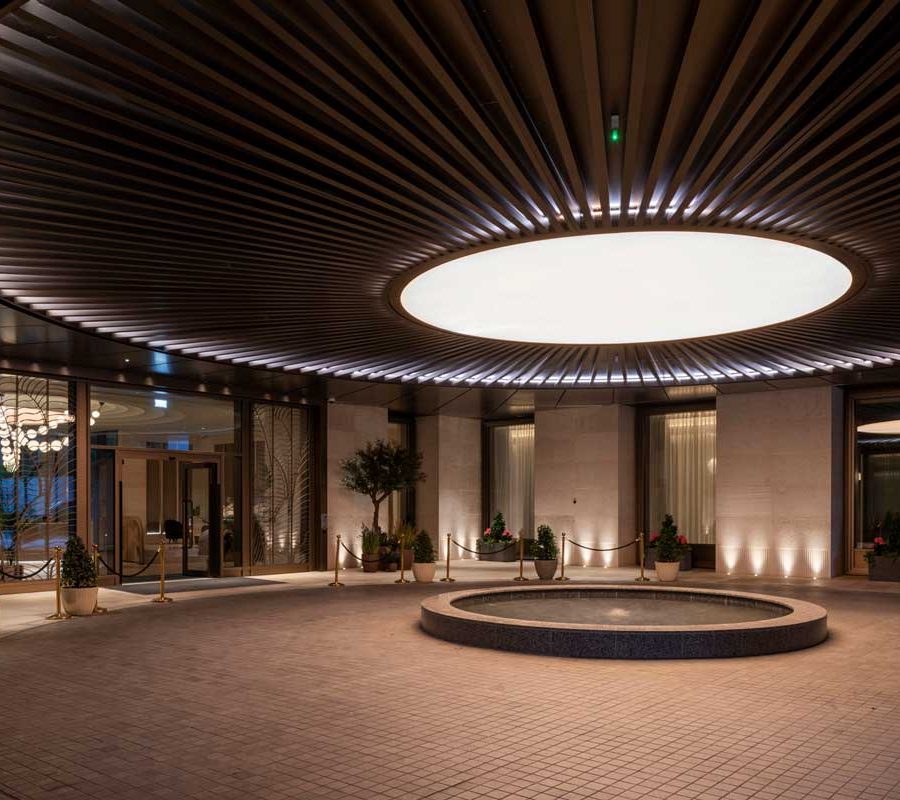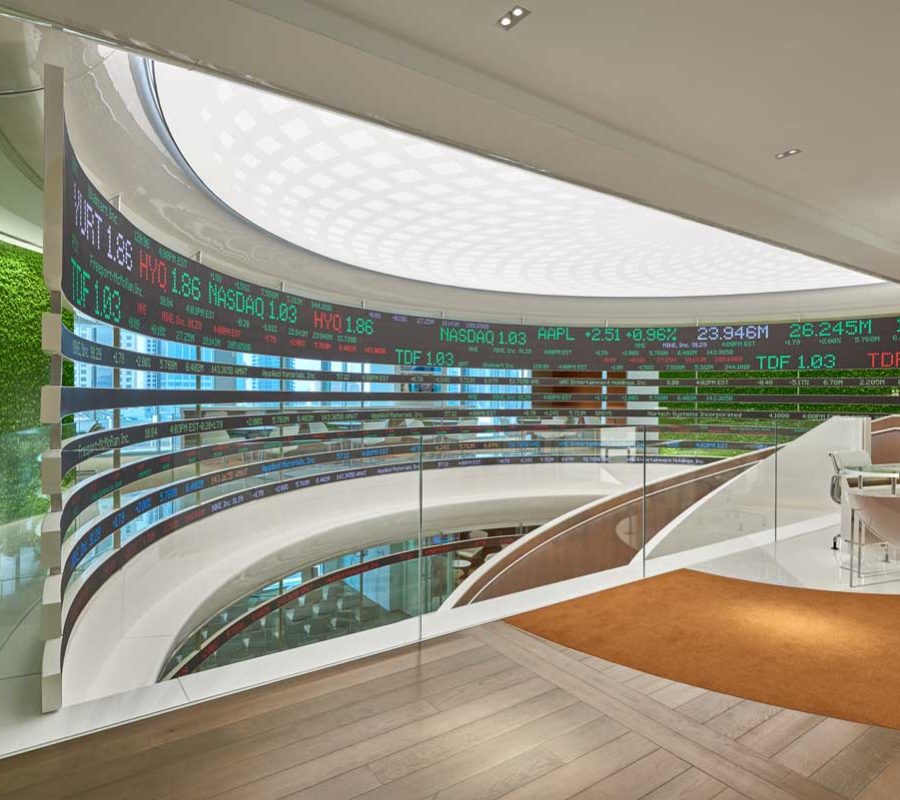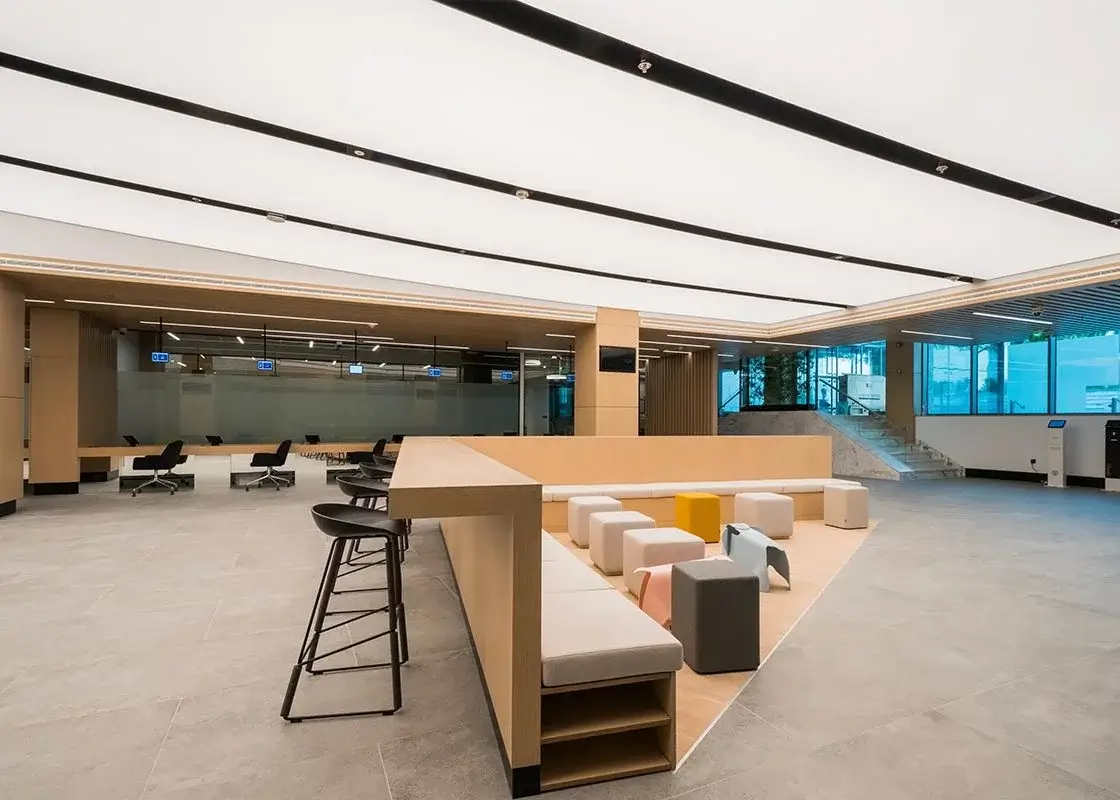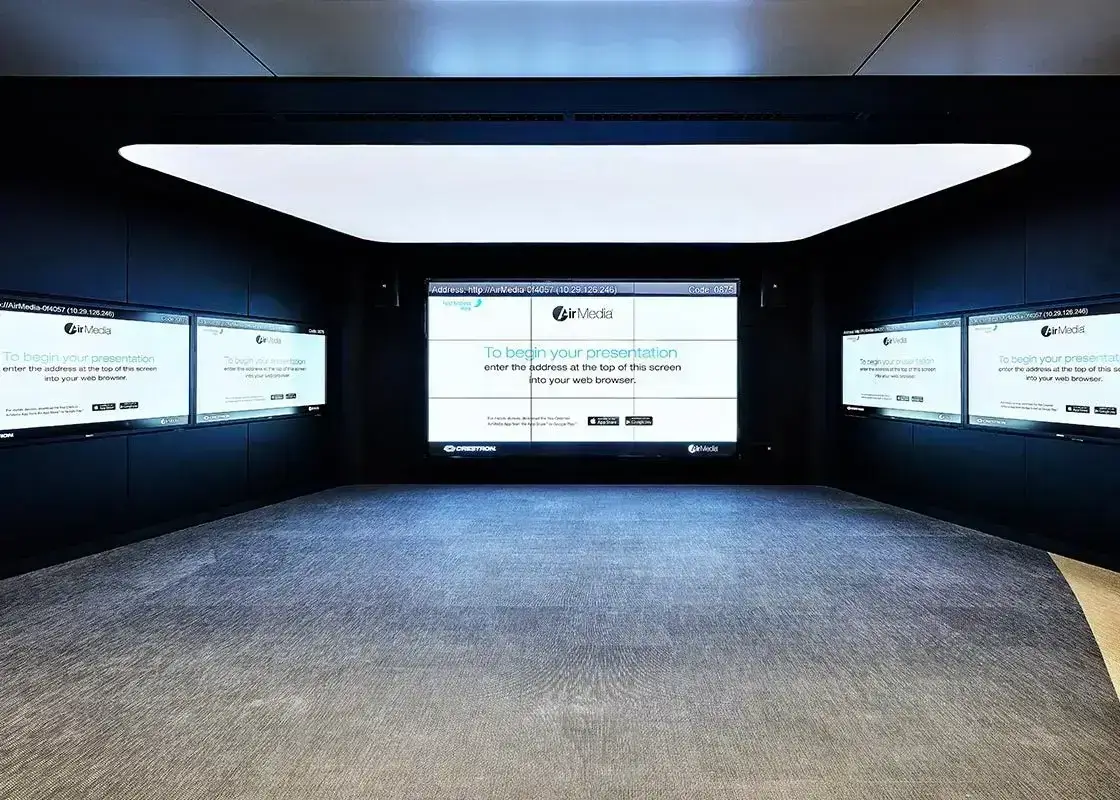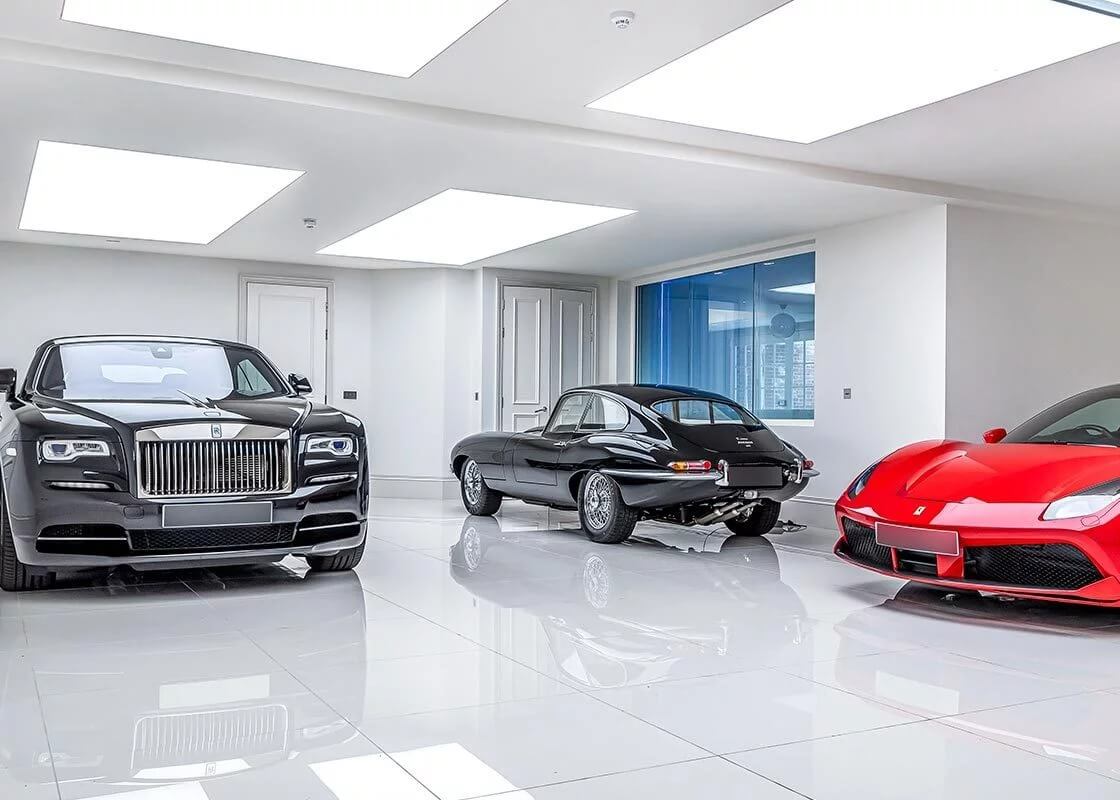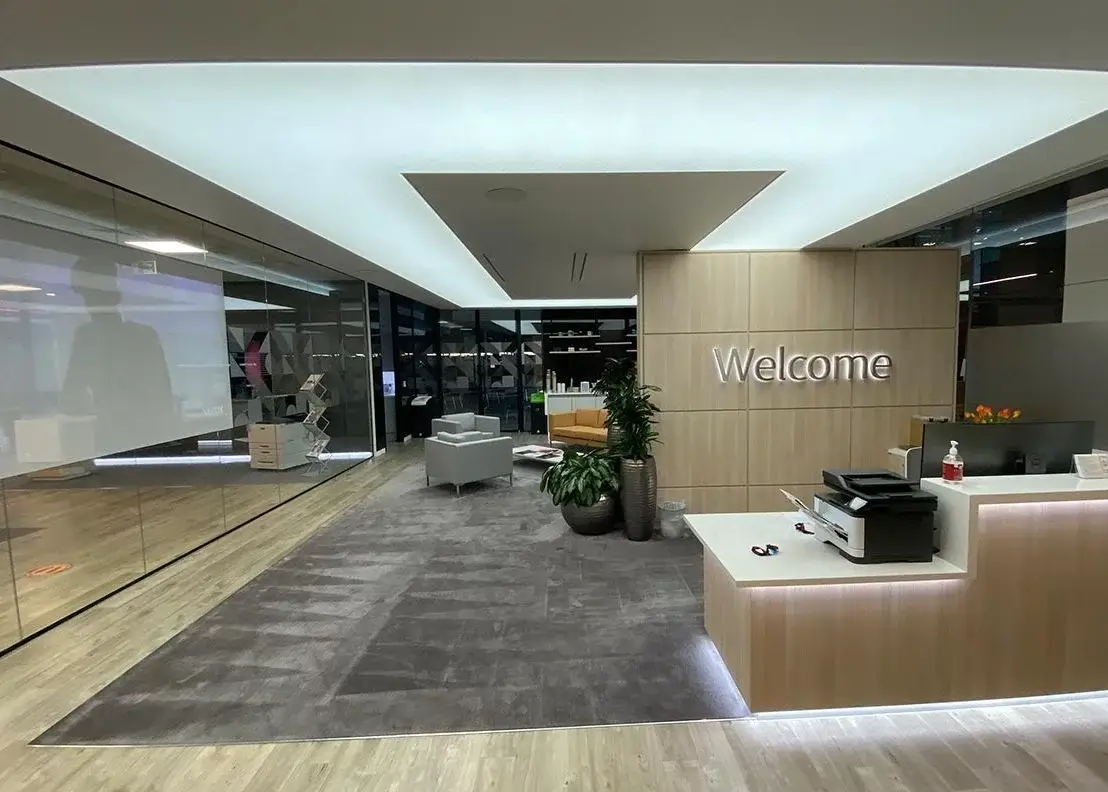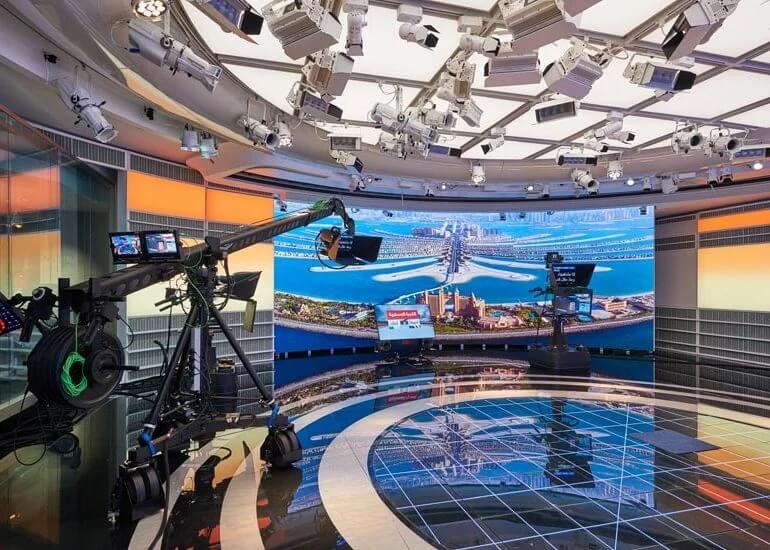Commercial
Illuminating Spaces: A Guide to Effective Lighting Design
Lighting plays a pivotal role in the ambience, aesthetics, and functionality of a space. Thoughtful lighting design can transform spaces into inviting sanctuaries or dynamic environments.
Lighting plays a pivotal role in the ambience, aesthetic, and functionality of a space. Thoughtful lighting design can transform spaces into inviting sanctuaries or dynamic environments. This article explores the aspects of lighting design, its significance across various settings, and the growing emphasis on energy-efficient and sustainable solutions.
Importance of Lighting Design:
Lighting design is a crucial element in creating visually appealing and functional spaces. Properly designed lighting can elevate the aesthetics of a room, highlighting architectural features and complementing the overall design scheme. Beyond aesthetics, lighting significantly influences the mood and ambience of a space, contributing to a sense of comfort and well-being.
Concepts of Lighting Design:
Task Lighting:
Task lighting focuses on providing illumination for specific activities or functions. In areas such as kitchens, offices, or reading nooks, task lighting ensures that individuals can perform activities with precision and ease. Well-placed task lighting enhances functionality while minimising eye strain.
Ambient Lighting:
Ambient lighting, also known as general lighting, establishes the overall illumination of a space. It sets the mood and creates a comfortable atmosphere. Examples include overhead fixtures and chandeliers. The careful balance of ambient lighting is essential to avoid harsh shadows and create a harmonious environment.
Accent Lighting:
Accent lighting adds drama and interest to a space by highlighting specific elements such as artwork, architectural details, or focal points. This type of lighting draws attention to particular features, contributing to a layered and dynamic design.
Lighting Design for Different Spaces:
Residential Spaces:
In homes, lighting design is tailored to meet the needs of each room. Living areas may benefit from a combination of ambient and accent lighting, while task lighting is crucial in areas where specific activities take place, such as kitchens and home offices.
Commercial Spaces:
Effective lighting in commercial spaces is essential for creating a welcoming atmosphere for customers and employees alike. Retail environments often utilise accent lighting to showcase products, while offices require a balance of ambient and task lighting to promote productivity.
Hospitality Settings:
Hotels, restaurants, and cafes leverage lighting design to create inviting and comfortable spaces. Varied lighting levels are strategically used to enhance the dining experience, highlight design elements, and establish a relaxing ambience.
Outdoor Environments:
Outdoor lighting is not only about safety but also contributes to the aesthetics of a property. Landscape lighting can accentuate architectural features, illuminate pathways, and extend the usability of outdoor spaces after dark.
Energy Efficiency and Sustainability:
As environmental concerns continue to grow, the lighting design industry is increasingly focused on energy-efficient and sustainable solutions. LED technology, for instance, offers longevity, reduced energy consumption, and versatility in design. Smart lighting systems enable precise control over illumination levels, responding to changing needs and promoting responsible energy usage.
Lighting Design at NGA:
At No Grey Area we pride ourselves on delivering turnkey manufacture, supply and installation services across all construction sectors.
Our lighting designers have an extensive knowledge of the craft and can create striking schemes that fulfil the needs of any project.
Contact us to find out how we can help.
